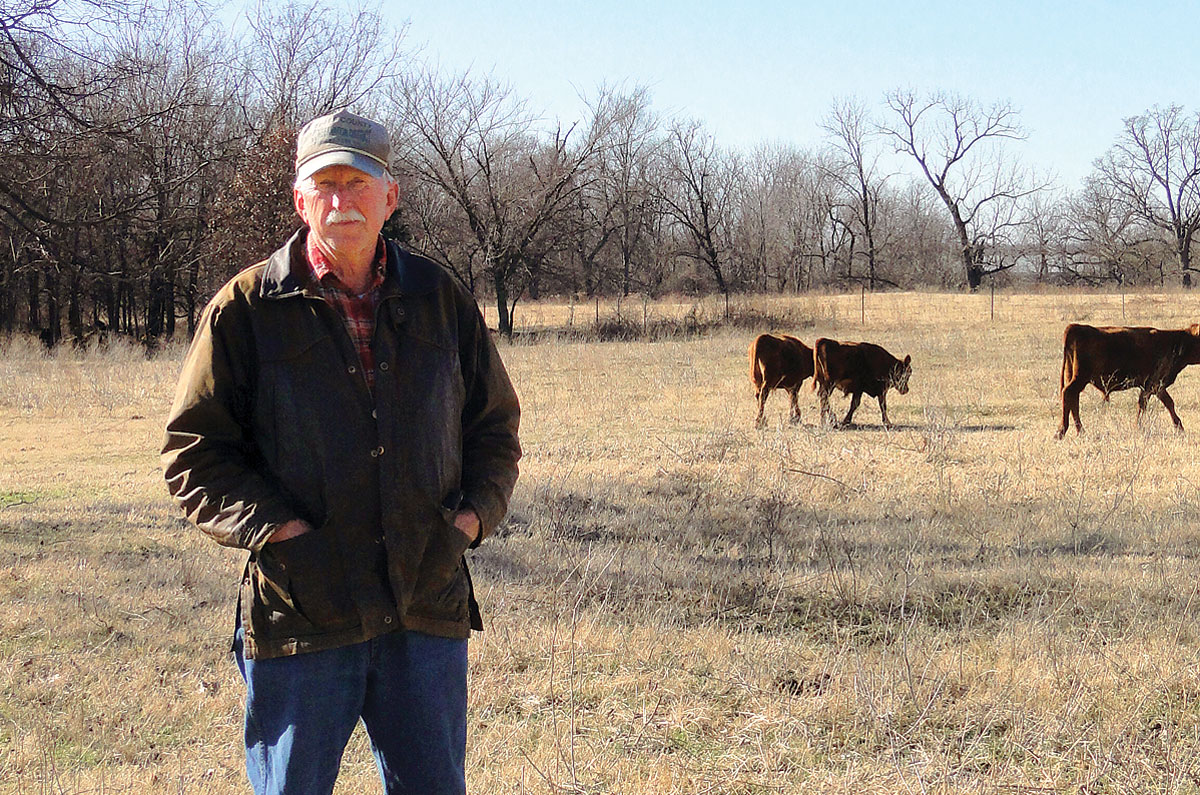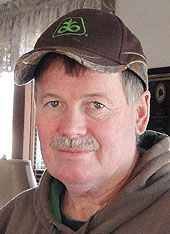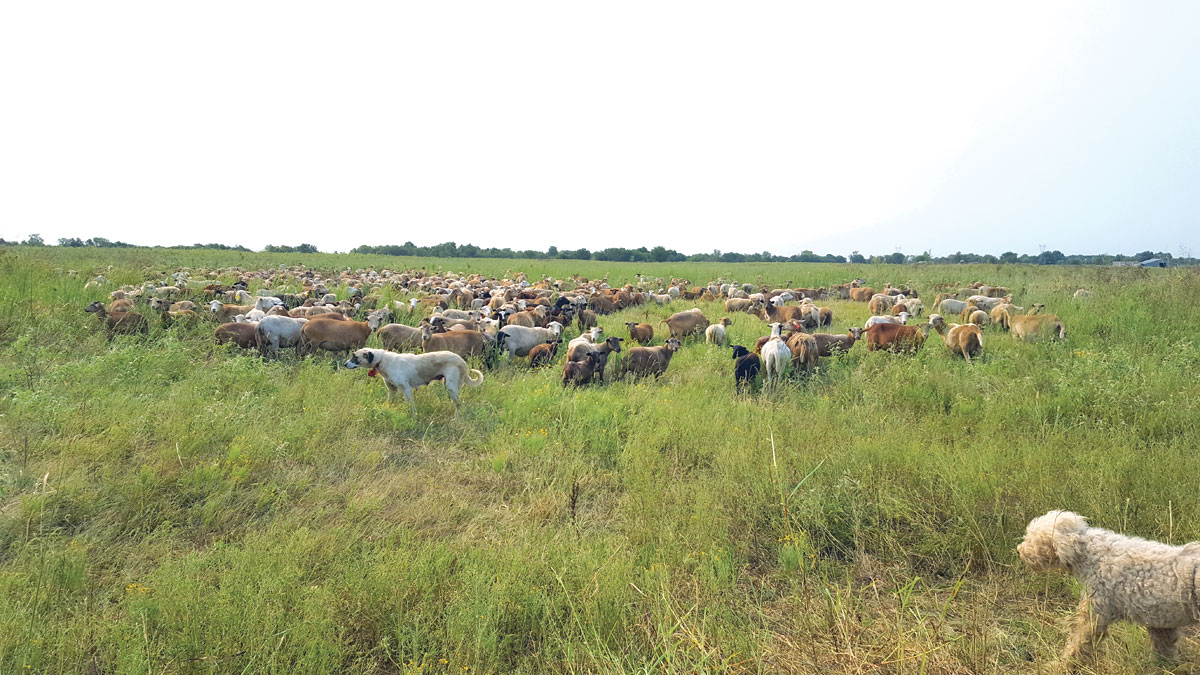
Ozark Beef markets grass-fed meats to their growing customer base
When a former ag professor, a former practicing veterinarian turned consultant, and a young ag lawyer come together to produce grass-fed beef, the result is a science driven operation that produces the quality of grass-fed beef that many people seek.
Ron Morrow retired from the University of Missouri where he taught beef cattle production. Ann Wells transitioned from her small ruminant veterinary practice to become a nationwide holistic animal health consultant. The two met while working at the University of Arkansas in a sustainable agriculture information service. Very recently added to the mix is Lauren Manning who teaches law and some ag classes at the University of Arkansas.
These three are the current owner/operators of Ozark Pasture Beef, which started with 12 members from Grass Roots Grazing Group, which Ron and Ann founded in 1997. Ron returned to his boyhood home 23 years ago to take over the farm and apply cutting-edge advancements in agriculture. The beginning 12 owners dwindled for a variety of reasons with Ron and Ann running primarily solo for the last 10 years. The mission, however, is the same: to consistently produce high quality/high quantity grass fed beef based upon scientific analysis and to develop viable markets.
Ozark Pasture Beef began in 2000 with a grant and 50 animals of diverse breeds. The purpose was to use paddock-based rotational grazing with steers moved at least once a day and cows at least twice a week. Carcasses were analyzed. One important finding was that body type is far more important than breed. The ideal structure for pasture-fed cattle is deep bodied with a large rumen or first stomach for converting large amounts of grass into efficient growth.
After recognizing the importance of body type, genetics were explored with the current closed herd made up of predominantly Red Angus females with a South Poll bull, which is made up of a four-way cross of Hereford, Senepol (a Caribbean breed), Gelbvieh and Barona, known for its hardiness and adaptability.
“In our climate, red is better than black since heat and drought can be issues. Our current combination of breeds is the best we have developed so far,” Ron said.
Through the years, Ron and Ann have noted the longevity of their cows who often produce calves until 18 years old. Heifers are not bred until 30 months old. While depreciation is often considered a farming issue, an 18-year-old cow has produced 15 calves with no depreciation. Consequently, the loss of one calf more at the beginning of female productivity is more than compensated for by more calves at the back end. Another contributing factor to the longevity is breeding females to bulls with known genetics, including longevity traits. Factors such as weaning and yearling weight are not important since cattle are totally grass fed until processing.
Ozark Pasture Beef headquarters is on the far western border of Fayetteville, Ark. The total operation is actually made up of 200 acres, some at Ron’s boyhood home and supplemented by additional acreage in Prairie Grove.
One of the traditional complaints about grass fed beef is lack of marbling which diminishes taste and tenderness. Ozark Pasture Beef is not processed when an animal reaches a certain weight but when a fat level score of six is achieved. This indicates a proper amount of fat on bones which in turn indicates marbling. Slaughter weight can vary from 1000 pounds to 1300 pounds. Until recently heifers have been retained but some are now sold as breeding stock.
Through his years at the University of Missouri, Ron discovered he didn’t care for the taste of summer fescue-finished, grass-fed beef. This operation encourages different grass types with Ron’s favorites being ryegrass, crabgrass and Johnsongrass. The rotational grazing system is based upon cool season grasses reaching 8 to 10 inches and warm season grasses 6 to 8 inches before cattle are allowed to graze a particular paddock again. Occasionally, cattle have access to alternative greens such as turnips and forage radishes.
“To have healthy animals you have to have healthy soils and pastures. We provide salt and minerals free choice,” Ann said.
Free choice trace mineral salt is always available with additional copper necessary for a healthy immune system and phosphorus to keep an appropriate calcium phosphorus balance for overall vitality. Because the healthy herd is closed except for occasional new breeding bulls, vaccination is typically unnecessary.
“Controlling stress contributes to health which means fence line weaning, no ‘cowboying’ and our constant presence when we walk cattle from paddock to paddock,” Ann added.
Another income stream comes from a 70-ewe purebred Katahdin sheep herd bred by two purebred rams. Running the cattle and sheep over the same areas helps manage parasites with the sheep not being allowed on a paddock until the cattle have already grazed the area.
What Ann and Ron have learned is available to others. The operation produced the first checklist for a sustainable operation and has a 43-chapter notebook on topics such as sustainable pasture management and meeting the nutritional needs of ruminants on pasture. Both are active in the cattle industry and share willingly.
Ozark Pasture Beef sells beef and lamb directly to customers and restaurants. Marketing is through their website and an Internet-based weekly newsletter, a newer medium that has rapidly grown to 325 recipients. Their customer base is diverse from young to old with a common feature being a customer desire to know who the farmer is and how that farm is managed.






